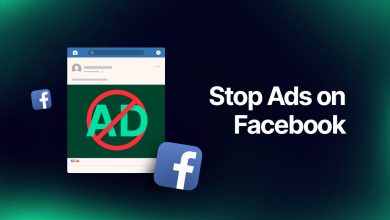How to Write the Perfect Call to Action?
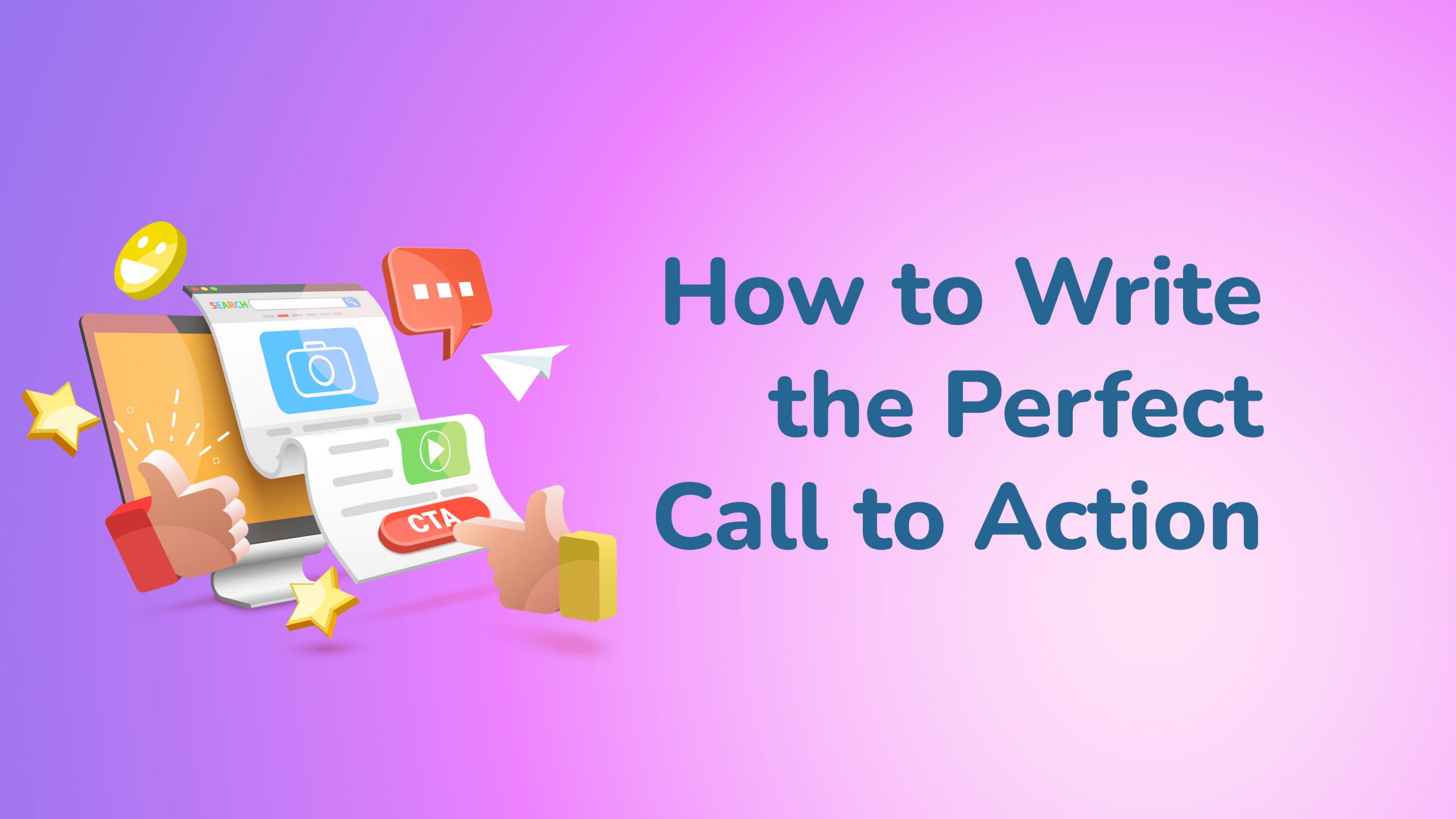
Are you looking for compelling examples of call to action that will motivate your customers to take action? Your marketing campaign’s success or failure is typically determined by how well you write your call to action. It’s one of those factors that has a direct influence on your conversion rates. What better method to improve your writing than to read a bunch of professional call to action examples?
With so much on the line, you’re not the only one who struggles to come up with winning CTAs for your commercials.
What is Call to Action Means?
A section of a website, commercial, or piece of information that encourages users to take action is referred to as a “call to action.” In marketing, call-to-actions (CTAs) are used to help a company convert a visitor or reader into a sales lead. CTAs can lead to a variety of various actions, depending on the content’s goal. This action could take the form of:
- Making a user account
- Obtaining a quote
- Participating in a competition
- Adding your name to a petition
- Signing up for a class
- And there’s more
CTAs can be a few lines or a sentence, but it must be persuasive enough to persuade and more importantly, inspire the reader to act.
How CTA used in marketing?
CTAs are crucial for marketers because they compel your audience to take action in response to a marketing effort. Eventually, the goal of any marketing effort is to guide your audience through the buyer’s journey so you can collect data and eventually persuade them to make a purchase. Because you can utilize a variety of techniques to guide your audience on their journey, each marketing campaign may have a different action for them to take. Here are a few CTAs to consider using in your marketing.
Digital Ads CTAs

The goal of this type of ad is to get people to click through to a landing page. After the user clicks, the page they land on must perform the heavy lifting of convincing them to buy, call, or submit their information.
For instance, ads for Google must be written in such a way that every character counts. Advertisers are limited to 30 characters in the headline and two lines of 90 characters in the description. Google also prohibits advertisers from using words like “Click here” in their adverts
Despite the abundance of possibilities, “Learn More” is by far the most popular option for Facebook brand awareness campaigns. “Download” is frequently used in lead generating campaigns.
Use terms such as:
This type of CTA is rather prevalent, and it makes sense. You have no idea what people want when they come to your home page, but you can figure it out by looking at what they click on.
Social Media CTAs
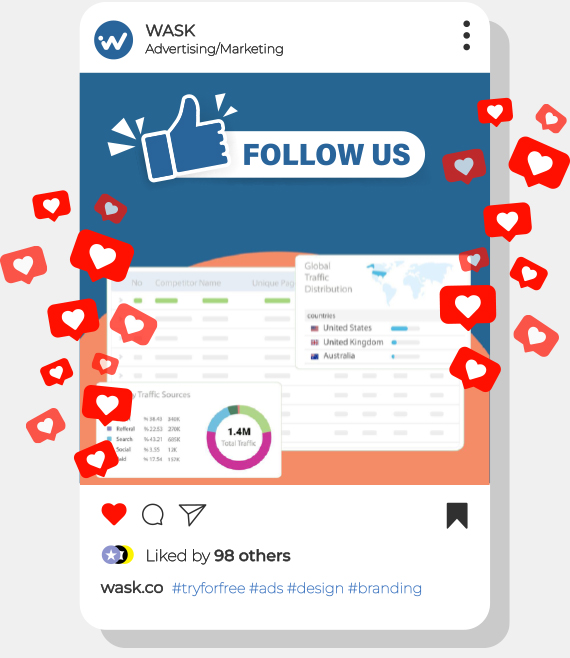
Consider your long-term social media goals and how your CTA can assist you reach them before you sit down to write the perfect message. What is the total number of individuals who have visited your landing pages? Are there any newsletter sign-ups? There is no right or wrong answer, but you want to persuade your readers to take the action you want them to do. Strong, unambiguous, and instructive verbs (also known as command words) are desirable. Use terms such as:
‘’Follow us!’’, ‘’Tag us.’’, ‘’Use our hashtag’’
Subscription CTAs
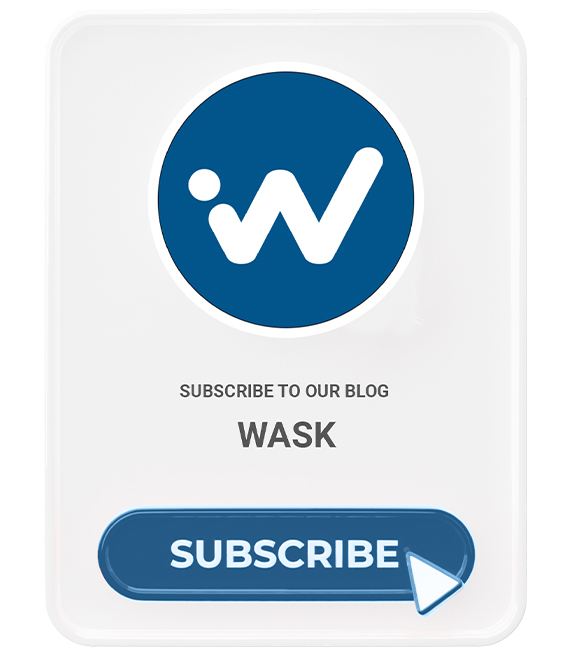
Customer is not obligated to make a purchase because of this CTA. Rather, it invites them to join a mailing list for company news. On brand blogs that want to grow their readership, CTAs that state “subscribe” are popular. Consider the following scenario:
- ‘’Subscribe to our blog.’’
- ‘’Sign up for our services.’’
- ‘’Sign up for our newsletter.’’
Trial CTAs

Almost every company’s website now provides a free trial. They’re all CTAs of this type, and they allow users to check out a product before deciding whether or not it’s worth their money. Take a look at the following CTAs:
- “Take a look at our demonstration.”
- “Get your 14-day free trial started right now!”
- “Get your sample”
Website CTAs
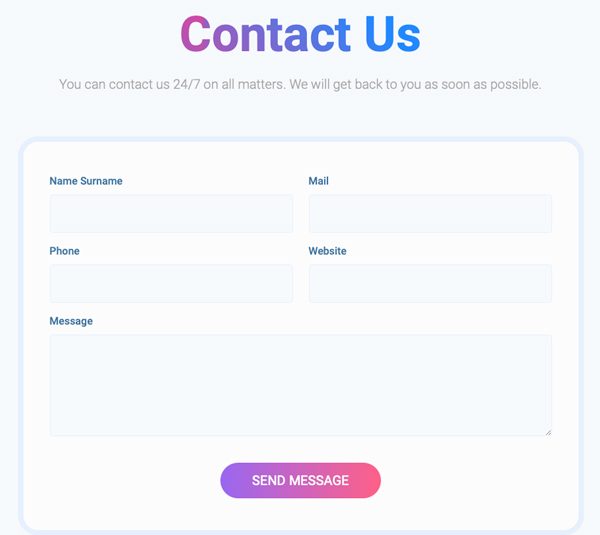
Make sure that CTAs are prominently displayed on your website, such as on the homepage, so that visitors have several opportunities to click through and purchase. Consider the following example:
- Get in touch with us: Do you want your audience to gain a better understanding of your company? Or how your company can help them achieve their objectives? If that’s the case, a “Contact us” CTA on your website would be useful.
- To learn more, visit: Providing potential clients with a little extra information can sometimes be all you need to get them ready to buy. This is the point of this CTA.
- Get started: This CTA can lead to a variety of business actions, such as a sign-up, a free trial, or a artificial reality experience.
How to Write Your Perfect CTA?
Short, memorable call to action that motivates them to visit your website is the finest call to action. The following are six aspects to consider in your CTA strategy:
1. Add an imperative
Call to action has a purpose of persuading someone to take action. Start off with a boom! To guide people, use authoritative language and action verbs like “shop,” “join,” or “click.”
2. Make it a low-risk situation
Strong call to action conveys a high level of value while providing low risk to your viewers. Use a no-pressure approach. Make it obvious to your audience that they are merely looking for more information and are not interested in making a commitment.
3. Use your persuasive writing abilities
Copywriters commonly employ persuasive language to generate an effective call to action. Make use of persuasive language to persuade others to follow your lead. To capture your audience’s curiosity and make them want to learn more, keep your CTA copy short.
4. Instill a feeling of urgency in your audience
“Take advantage of this limited-time offer before it’s too late!” A feeling of urgency is conveyed by some of the most effective CTAs. A successful marketing tactic is to utilize a ticking clock in conjunction with a promotion to create the Fear of missing out.
5. Make it pop off the page
The combination of a great design and strong wording creates the ideal call to action. Make the CTA button stand out by using brighter colors and leaving plenty of white space around it. Make it stand out and grab your audience’s attention.
6. Put your call to action to the test
It’s not enough to create and design an actionable call to action and then trust your gut. You’ll need statistics to figure out how effectively your CTA is functioning. Several skilled copywriters struggle every day to come up with compelling calls to action. So don’t get discouraged if it takes a while to find the ideal one. However, how can you know whether you’ve found the proper one? Your data will tell you everything you need to know.
CTAs can and should be utilized across all marketing platforms and on all types of marketing content. Pick the examples above to help you come up with a distinctive call to action for your firm or use one of the classics. Don’t forget that improving conversions necessitates extensive testing, supplementary call to action buttons, and a diversity of CTAs throughout your site.
Summary
These were some of the most effective call to action examples from recent online marketing efforts. It’s time to put everything you’ve learned to good use! Utilize the examples above to inspire you to develop a call to action that is unique to your company or use one of the classics. Remember that increasing conversions requires a lot of testing, secondary call to action buttons, and a variety of CTAs throughout your site.
Choose one of the options that best suits your business and start managing your Facebook, Instagram, and Google advertisements like a pro. By linking a variety of platforms into your WASK account, you may perform versatile digital marketing. Gather all of the data you’ll need in one place to get started with smart marketing management right away.



